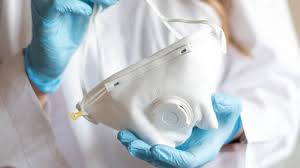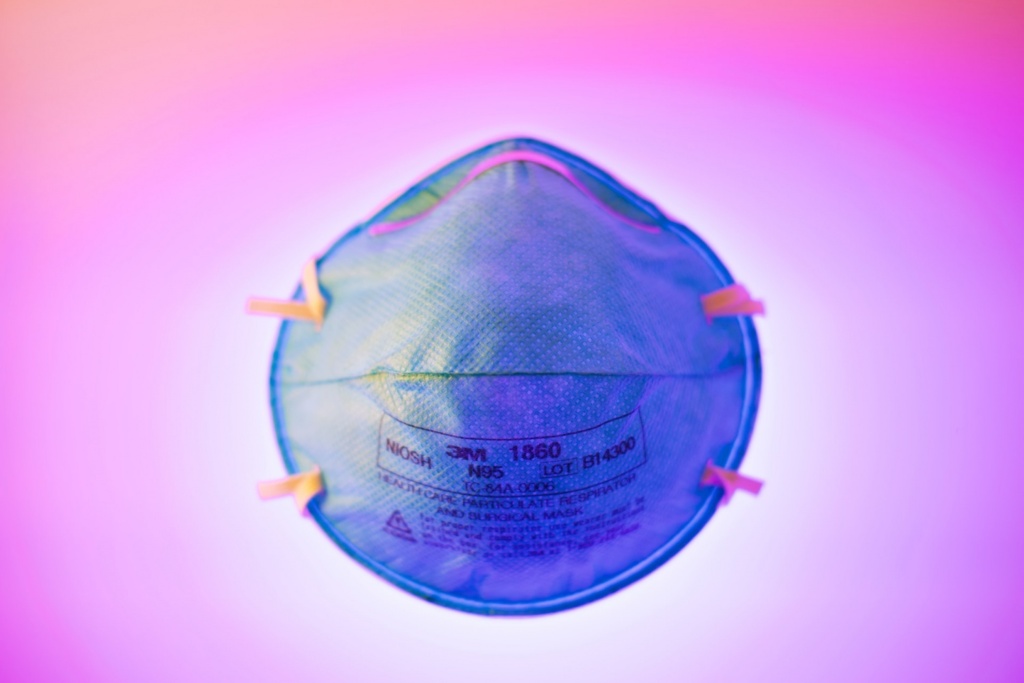Bioengineers from MIT and Harvard in the USA have been working on developing sensors that can detect viruses such as Ebola and Zika for the last six years. Their hard work has since then progressed and they are now adopting their technology to aid in the fight against coronavirus.
James Collins, a professor of Biological Engineering at MIT, is considered a pioneer of synthetic biology. He has been working on innovations that would be helpful for pandemics years before the coronavirus surfaced.
In 2014, his bioengineering team at MIT began developing sensors that could recognize the presence of the Ebola virus when freeze-dried into a piece of paper. The team is now updating its technology to cater to the current pandemic the world is facing, which is the coronavirus. They are currently developing a face mask that gives off a fluorescent signal when the wearer is detected to have the virus through breathing, coughing, or sneezing through the mask.
Collins says their lab’s current project is still in its infancy, but already shows promising results as it can detect coronavirus through a person’s saliva. The sensor would give off a signaling glow once the virus is detected in a person’s saliva.
According to Collins, the sensors are made up of DNA and RNA that bind to a virus. The sensor is then freeze-dried into a cloth-like material using a freeze-drier, which sucks the moisture out of the material without damaging it. The sensor can stay embedded in the mask at room temperature for many months, giving it a considerably longer shelf life.
To be activated, the sensors need moisture and the detection of a virus’ genetic sequence. A laboratory in Shanghai successfully sequenced the coronavirus genome back in January.
Collins said the sensors only needed to analyze a small fragment of the sequence to detect the virus. Once it does, it gives off a lighting signal within one to three hours.
Additionally, he said the signal isn’t visible to the naked eye, which is why his lab uses a fluorimeter to measure the light. In public settings, he noted that public officials could use handheld fluorometers to scan people’s masks.


